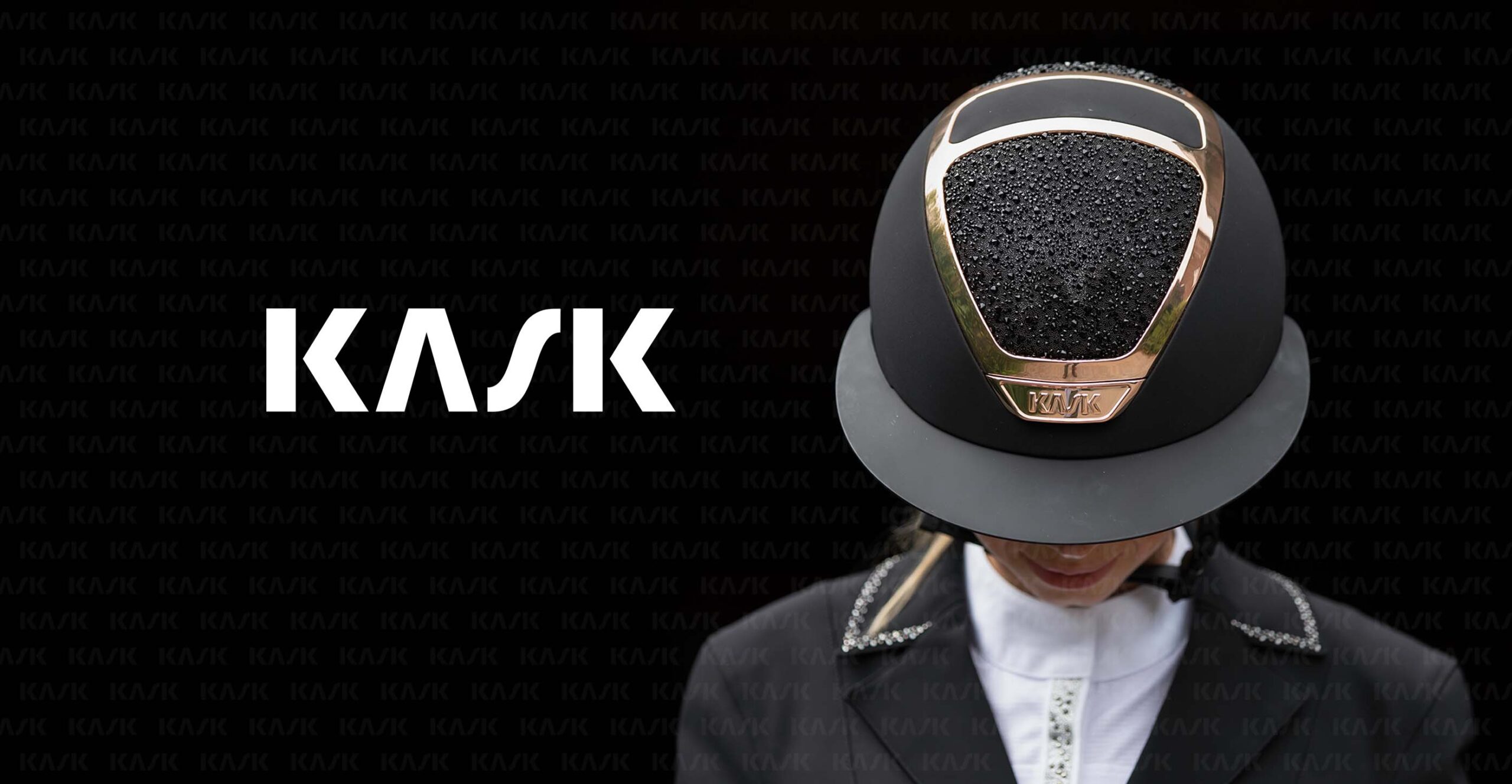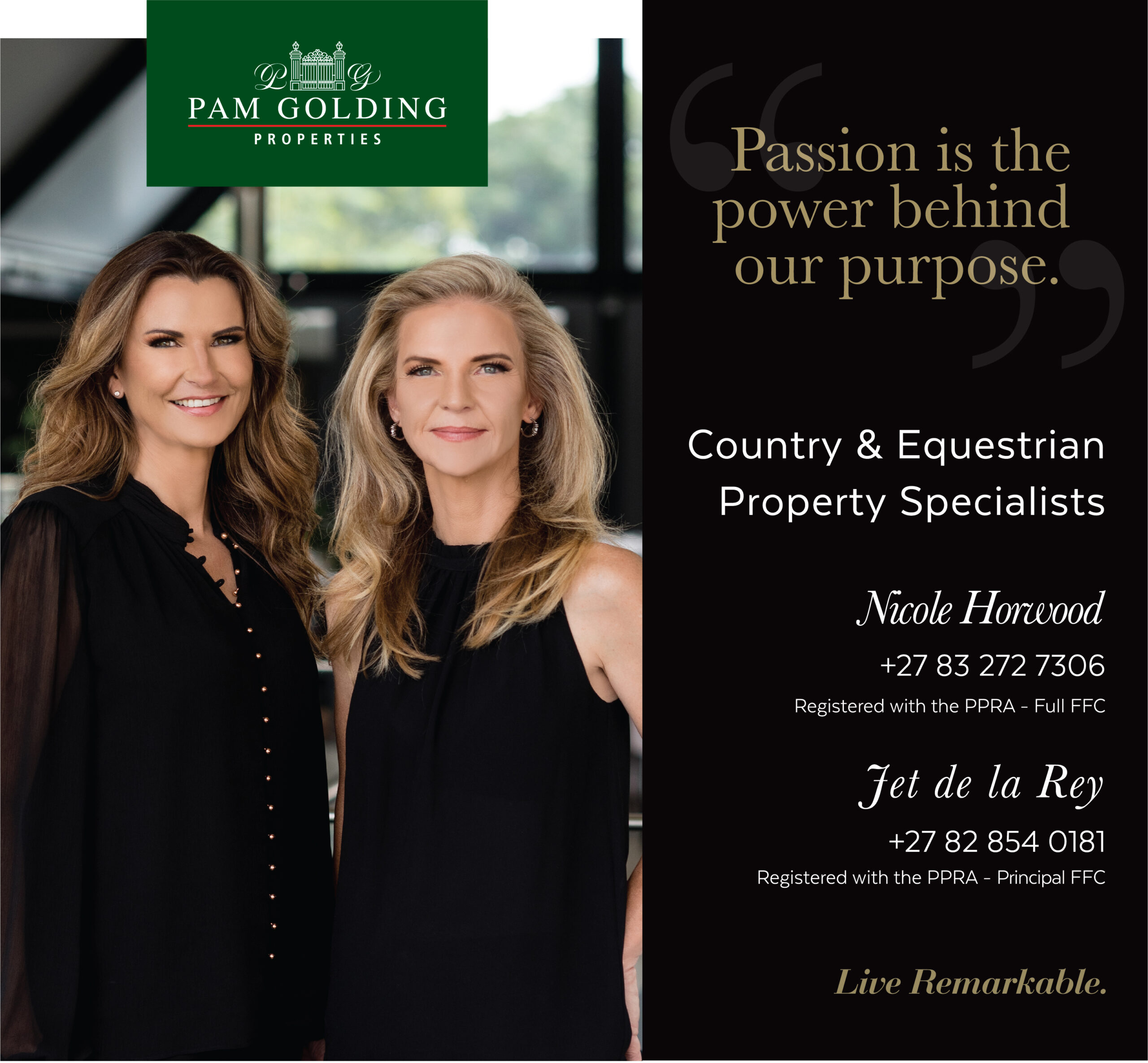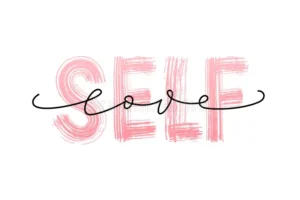Discover the Discipline of Vaulting
Vaulting is an equestrian sport that can easily described as gymnastics performed on a moving horse. Self-proclaimed dressage-diva, Georgie Roberts takes a dive into vaulting (not literally) to give us the low down on what can be considered an under-rated discipline in South Africa.
Vaulting is considered a foundation equestrian sport throughout much of the world, beginning as a team sport with individuals graduating to solo performances. The horse initially walks, and later on canters, on the left rein around a circle of a minimum diameter of 15m, controlled by the longeur, who is also often the coach. In Europe it is a standard way to begin riding careers affordably, socially, and to learn essential skills in a controlled environment before becoming disciple specific. It should be harmonious, an exhibition that is both acrobatic and artistic, part athletic and part expression.
Did You Know?
- We spoke to SA’s own international showjumping superstar, Lexi Stais, and she credits her early vaulting career with her renowned “stickability” on young horses!
- She says that the owner of the German yard she is based at, Hilmar Meyer, laughs when she manages to save herself in tricky situations and says vaulting taught her to sit anything… and look good doing it.
A Brief Timeline of Vaulting in South Africa
- 1995 Eric Bianci of Southerns Riding Centre introduced vaulting
- 1999 Barbie Gertenbach of Riba Stables became involved and started the discipline association
- 2004 SANEF recognised it as a discipline
- 2005 4 juniors qualified for European Championships
- 2006 a squad attended the World Equestrian Games and again 2010, 2014, 2018
- 2011 saw 11 vaulters represent SA at European Championships
- 2020 there are clubs in Gauteng (6), Natal (2), Western Cape (1)… and more provinces are initiating!
How Does Competing Work?
Firstly, and super important: there is a serious theatrical show vibe which I LOVED. Vaulters choose themes which decide their costumes, make up, and music. They work with their coach to really embody their character and design all elements of their show, which basically means watching this is like drama + dancing + ponies + death defying jumps = AWESOME.
There are two components, the COMPULSORY (technical test) and the FREE TEST (the artistic choreography). They are passionate about harmony with the horse, and competitors are judged on their ability to smoothly execute compulsory movements demonstrating strength, flexibility, and balance – making sure to face all four directions and cover all parts of the horse from neck to croup – during their routines. They are also evaluated on the technical difficulty and artistic expression associated with freestyle routines.
The winner has the highest average marks, which are awarded thus:
- Horse score = 25% of each test mark; this is marked by a separate judge. It is awarded for the horse’s obedience (it is frowned upon to help riders catapult), quality and consistency of gait (either walk or canter – trotting is very bad for everyone on board!).
- Compulsory test score = 25% horse, 75% exercises – these are always in the same order, and are regimented to assess technical proficiency and ability.
- Free test score = 25% horse, 25% artistic, 50% performance (technique) – you have just 1 minute to show the test you have designed from the moment you touch horse or surcingle / pad.
The worst case scenario for vaulters is if your eyeshadow smudges. But seriously, if you fall off you can still get back on and continue your test with a penalty, which is great for kids.
Different Teams and Different Grades
- Remember that the longeur / lunger is a given part of this team and contribute heavily to the performance of the horse at the show but not the vaulters.
- You can compete as an individual, in a pas de deux (2), or as part of a squad of 6 (but only 3 vaulters are allowed on the horse at a time)
- E Grade (all in walk, novice level),
- D Grade (compulsory test is in canter, freestyle is in walk)
- C Grade (1*, all performed in canter)
- B Grade (2* – this is the top performance category for juniors age 14 – 18)
- A Grade (3* – there is an added technical test)
- 4* vaulters are the masters!
What age must you be to start vaulting?
Can you walk? You can join!
Okay I’m in…What Next?
So please join us for an introductory class or lesson where you can meet our coaches and horses and experience vaulting for the first time! We can connect you with the relevant local club, and if there isn’t one but there is interest, we are only too thrilled to help set you up! Our discipline association shares a great passion for all things equine and athlete, and we are looking for more enthusiastic members to both enjoy our sport at grassroots level, and take it through the stratosphere. All you need is leggings and sneakers and a smile!
For more information visit www.vaultingsa.co.za
Content Credit: Georgie Roberts
















